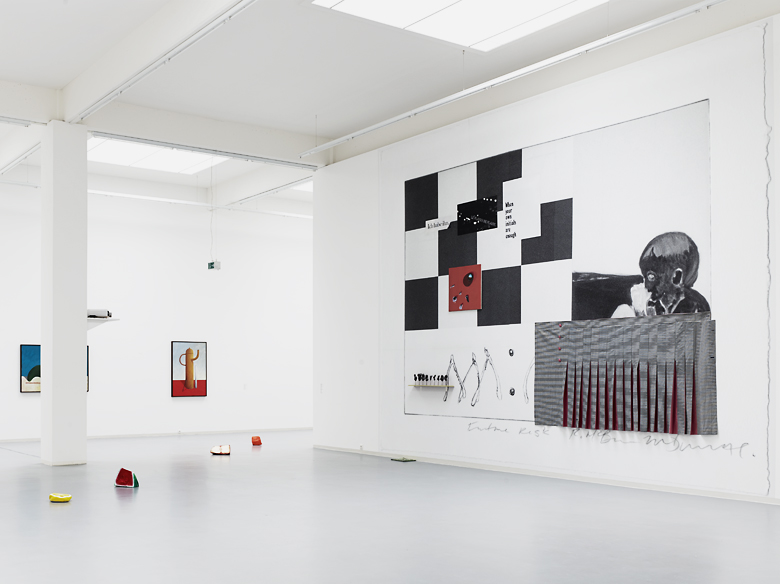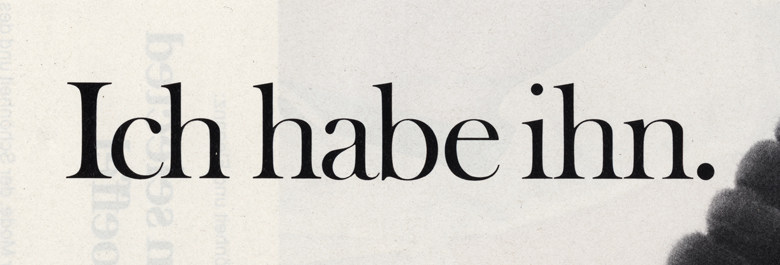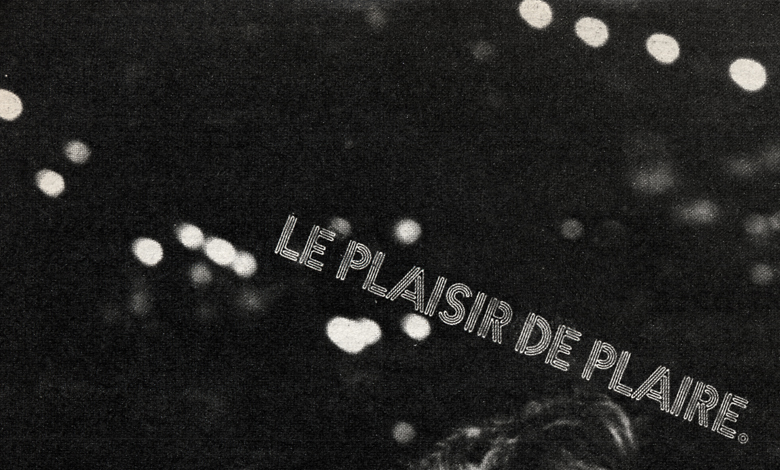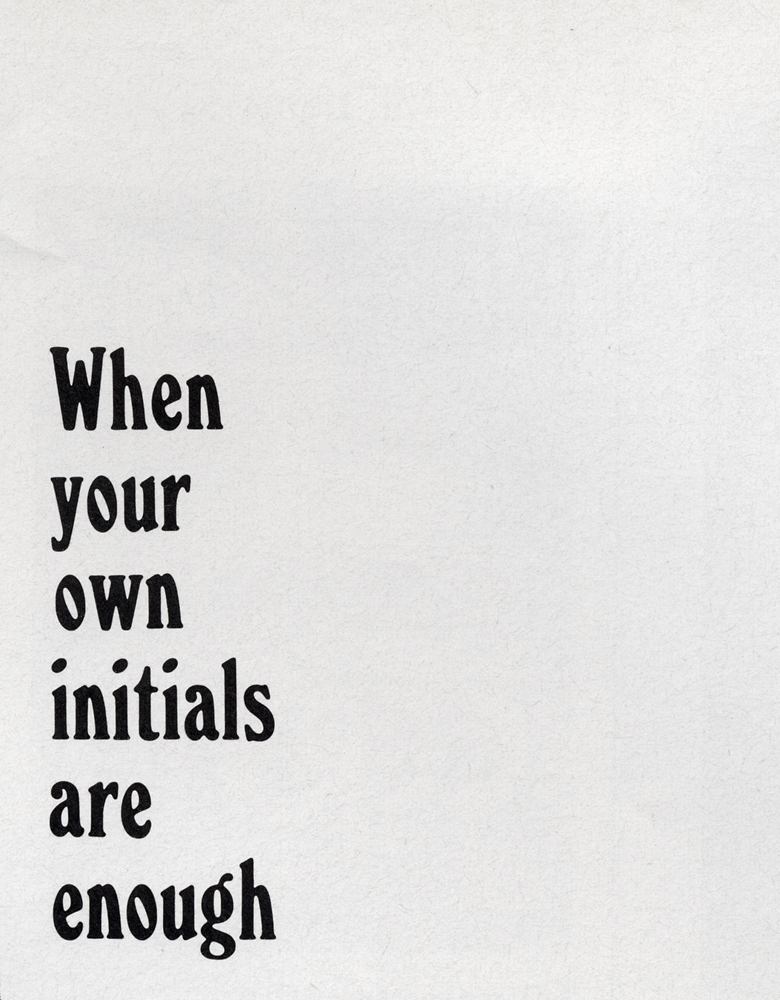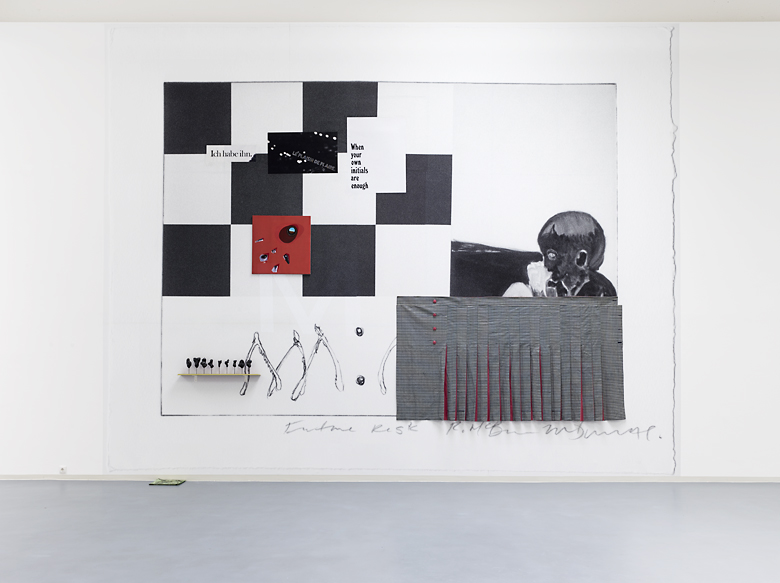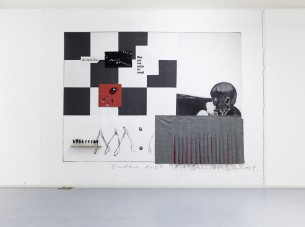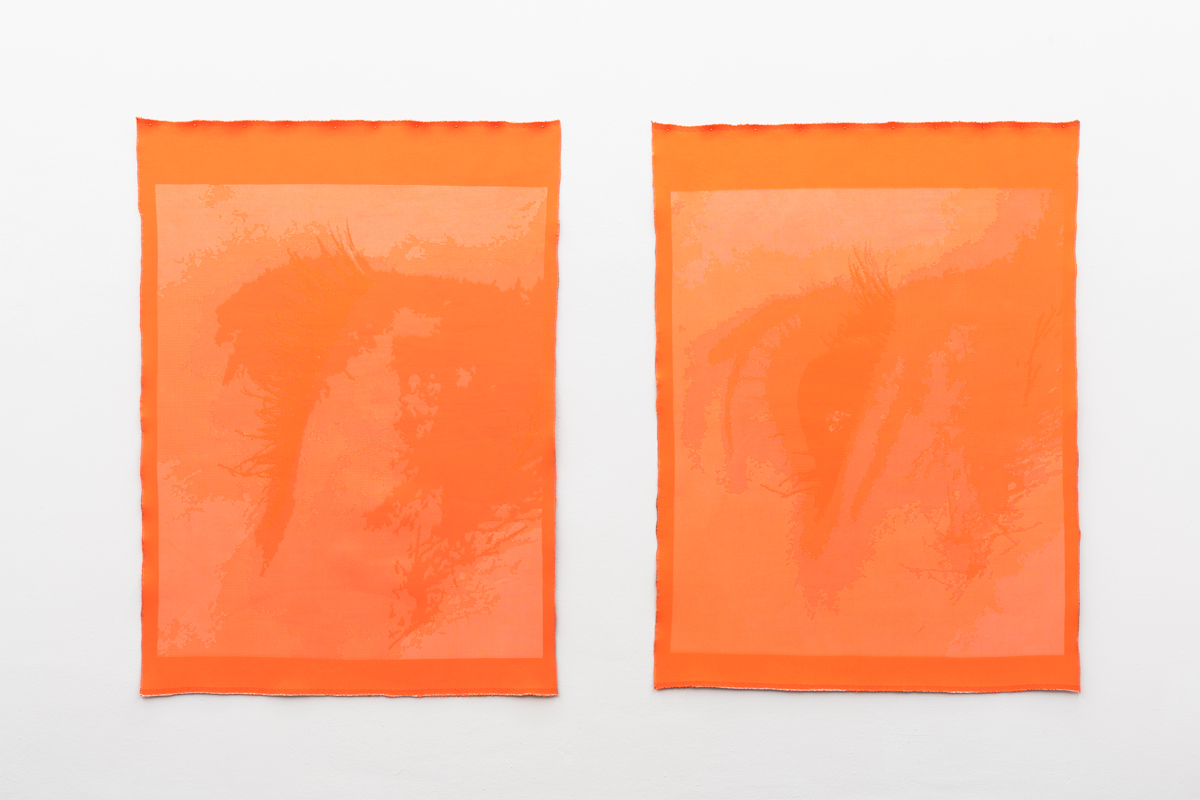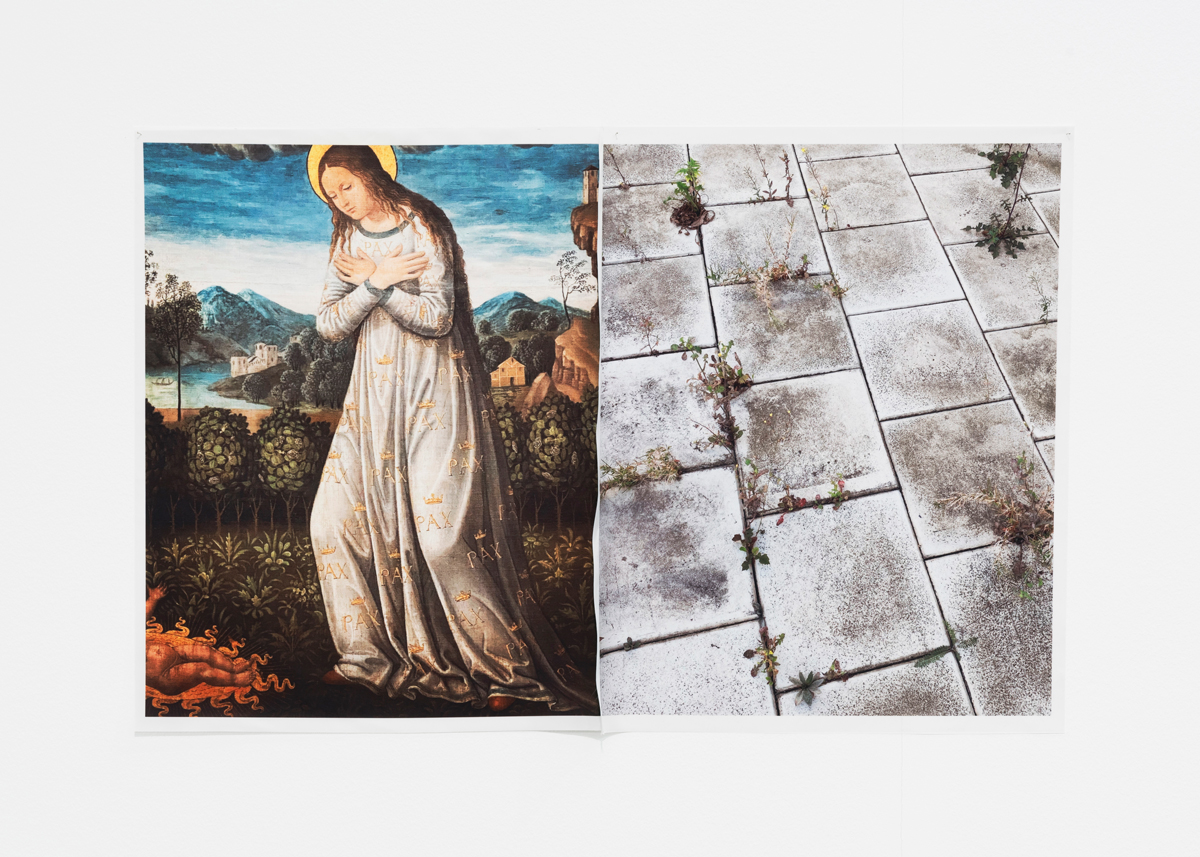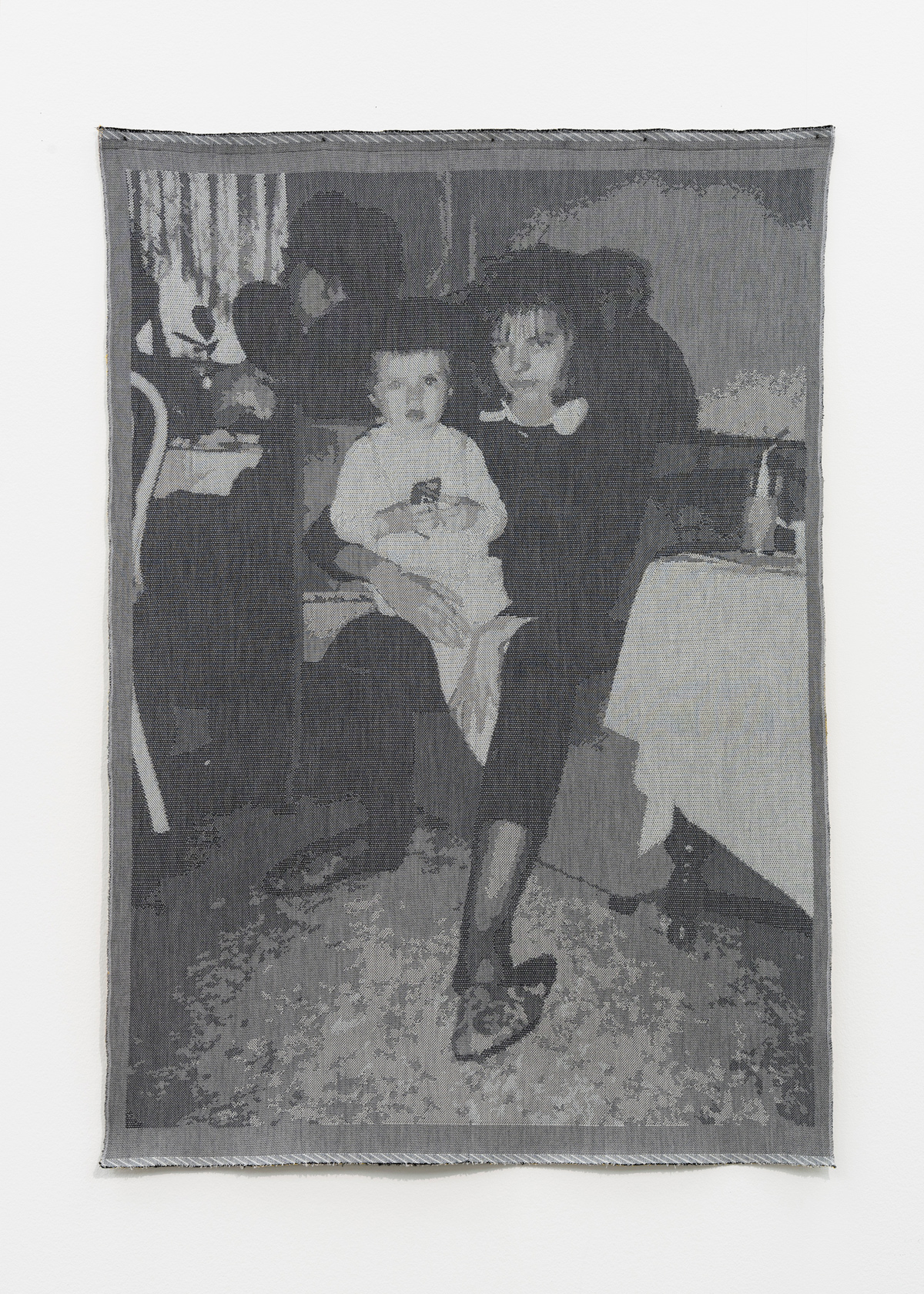Monika Baer / Rita Mcbride / Marlene Dumas / Melissa Gordon / Petra Maitz / Anne Pöhlmann / Spartacus Chetwynd / Katharina Sieverding / Christian Falsnaes / Marianne Wex / Diango Hernández / Friederike Tebbe / Nicolas Party / Miriam Cahn / Suse Weber / Charlotte Salomon
2013 feiert der Bonner Kunstverein sein 50-jähriges Bestehen. Im Rahmen der Jubiläumsausstellung werden mehrere Veranstaltungen auf die Geschichte des Vereins verweisen, und Fragen wie Debatten von früher aus heutiger Sicht nochmals aufgenommen. Mit der Ausstellung „Ihre Geschichte(n)” wollen wir im Jubiläumsjahr an die Historie der Institution erinnern und diese unter einem präzisen Blickwinkel betrachten, der sie mit aktuellen Diskussionen verbindet.
Die Ausstellung „Ihre Geschichte(n)” nimmt ihren Ausgangspunkt in der besonderen Programmatik, die sich im Bonner Kunstverein seit seiner Gründung 1963 herausgebildet hat. Schon in den ersten Jahrzehnten wurden außergewöhnlich viele weibliche Positionen vorgestellt, hauptsächlich aus dem Rheinland. Anfang der 80er Jahre waren mehrere Ausstellungen Künstlerinnen aus den 20er und 30er Jahren gewidmet. Parallel wurden – der Zeit entsprechend – unter dem Banner des Feminismus Ausstellungen wie “Typisch Frau” (1981) oder “Das Verhältnis der Geschlechter“ (1989) konzipiert. In den 90er Jahren verlor sich der manifestartige kämpferische Unterton zugunsten einer beiläufigen Selbstverständlichkeit.
Seit diesem Jahrzehnt hat sich die Debatte um den Feminismus unter dem Einfluss dekonstruktivistischer Theorien wie derjenigen Judith Butlers neu formiert. In der Differenzierung von Sex und Gender, der biologischen und der sozialen Geschichte, hat sich das Verständnis gesellschaftlicher Rollen geöffnet und beweglicher gemacht. So waren in der Folge u. a. Künstlerinnen wie Ida Applebroog, Miriam Cahn, Hanne Darboven, Marlene Dumas, Leiko Ikemura, Karen Kilimnik, Annette Messager, Rune Mields, Anna Oppermann, Claudia Schifferle, Katharina Sieverding, Kiki Smith, Nancy Spero, Rosemarie Trockel, Hannah Villiger oder Marianne Wex im Bonner Kunstverein ausgestellt. In den jüngsten Jahren kamen zahlreiche Künstlerinnen dazu: Rita Ackermann, Shannon Bool, Anne Collier, Charline von Heyl, Judith Hopf, Anna Lea Hucht, Annette Kelm, Michaela Meise, Helen Mirra, Claudia & Julia Müller, Markéta Othová, um nur einige zu nennen.
Wie nun ist nach diesem Vermächtnis von Künstlerinnen zu fragen? Es ist selbstverständlich nicht möglich, die künstlerische Praxis von Frauen unter einem einzelnen Begriff zusammen zu fassen. In der Geschichte des Kunstvereins trifft man auf verschiedene Ansätze, um diese Themen zu formulieren. Die Ausstellung präsentiert Werke von jungen Künstlern, deren Praxis in direkter Verbindung mit den Auswirkungen des Feminismus steht. Sie wurden eingeladen, sich Künstlerinnen aus der Historie des Kunstvereins als Bezugspunkte auszusuchen, welche in der Ausstellung oder im Rahmenprogramm präsent sind. Die Frage nach dem Vermächtnis dieser Vergangenheit und nach einer anderen Geschichtsschreibung wird zudem interdisziplinär in dem begleitenden Symposium debattiert.
✧✧✧
For the exhibition commemorating its 50th anniversary, the Bonner Kunstverein has invited artists to respond to an exceptional aspect of its previous exhibition program: from early on and “in marked contrast to the machismo of the time” (Jürgen Harten), the Kunstverein has extensively presented female positions from the field of contemporary art. “HERstories” examines the legacy of artistic strategies developed by women artists since the nineteen sixties based on exhibitions organized by the Kunstverein over the last half century. The wide range of works includes videos and performances, paintings, costumes, sex toys, books, puppets and wallpaper. Not only are various methodologies, contexts and questions juxtaposed with each other here, but the exhibits drawn from different generations also make up the foundation for a dialogue that establishes unexpected perspectives for the present day.
The participating artists have for the most part developed new projects that reflect multifaceted dealings with the body and occasionally contain a performative dimension. Some of the contributions have been produced collaboratively, others underscore how questions and strategies raised by women have influenced the artistic practices of their male colleagues. They jointly pose questions about how the status, role and self-awareness of women in art have changed and remind us about the extent to which feminist debates have transformed the art world in recent decades. The exhibition’s title derives from the neologism “herstory”, a term coined in 1970 by the American feminist, author and publisher Robin Morgan as a counterweight to “history.” With this word she called for an alternative historiography in which women can find their place as active participants. An accompanying symposium featuring artists and academics on June 23 takes up this challenge, addressing historical and contemporary discussions.
In their dealings with the Kunstverein’s exhibition history, some of the invited artists recognized orientation points for their own practice, others discovered complementary approaches or close affinities. NICOLAS PARTY (b. 1980, Switzerland) for example presents his stilllifes in the context of paintings of men and women by MIRIAM CAHN (b. 1949, Basel) that together lead to a dialogue concerning corporeality and inner space. RITA McBRIDE (b. 1960, Iowa) developed a picture together with MARLENE DUMAS (b. 1953, Cape Town) that serves as the basis for an expanded presentation of works by MELISSA GORDON (b. 1981, Boston), PETRA MAITZ (b. 1962, Austria) and ANNE PÖHLMANN (b. 1978, Dresden). As a former Peter Mertes grant holder, MONIKA BAER (b. 1964, Freiburg im Breisgau) has chosen by contrast to reference herself, continuing the process of questioning her own artistic identity in the presentation of earlier pictures. CHRISTIAN FALSNAES (b. 1980, Copenhagen) sees a link between his filmed performances produced at the Kunstverein with residents of Bonn and MARIANNE WEX’s (b. 1937, Hamburg) poetical attempt to record gender typologies. DIANGO HERNANDEZ (b. 1970, Cuba) encountered a related iconoclastic as well as emotional means of dealing with architecture in the artistic practice of FRIEDERIKE TEBBE (b. 1961, Hannover). In her theatrical performances and videos, SPARTACUS CHETWYND (b. 1973, London) felt herself inspired by the unashamedness and grandiosity in the films of KATHARINA SIEVERDING (b. 1944, Prague). SUSE WEBER (b. 1970, Leipzig) kept the book on CHARLOTTE SALOMON’s (b. 1917, Berlin, d. 1943, Auschwitz-Birkenau) cycle “Life? or Theatre?” with her for a long time and furthermore asks where this division lies in society and in everyday life. Works by women artists selected from the Kunstverein’s exhibition history will accompany this group presentation or the supporting program.
In conjunction with the central symposium, the HERstories exhibition invites visitors to rediscover important decades in the history of art and of the Kunstverein. It bridges the generations, emphasizes the on-going relevance of historical themes as well as their development over the years in new questions. And particularly now, on our 50th birthday, we are faced more than ever with the question: What foundation has our history laid for the present day?
✧✧✧
